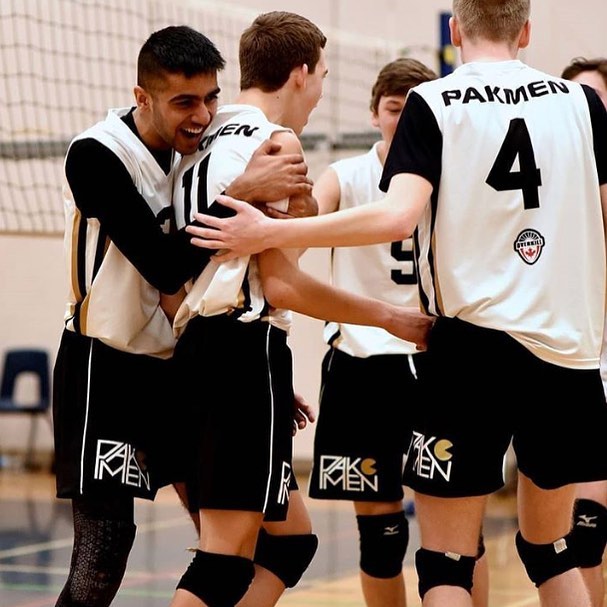The 6-Dimensions of Fatigue

By Kaushik Chatterjee
Perhaps the most intriguing issue for coaches is training load. The amount of load players can handle is conclusive towards determining their conditioning: the more intense the load, the fitter the players (usually). Training, however, leads to fatigue, which then requires recovery. The faster players can recover, the higher their performance level will be, thus the quicker they can get back into training. The goal for coaches, therefore, is to maximize the load, whilst minimizing fatigue and boosting recovery.. But how do coaches know the level of fatigue and recovery? What loads must coaches account for?What are these loads and how do they affect a player? These are the questions addressed by Mark Lebedew in his incredible article ‘Understanding fatigue’.
Lebedew begins by stating the issues with the current format for measuring load: jumps (usually via a VERT device). Jumping is the main action of volleyball, so it seems a reasonable way to measure load. But there are 3 main issues with this: firstly is the issue with measuring anything – as Lebedew writes, ‘what starts as a proxy for something, when you start measuring it ends up driving that thing’; the second issue is that even if jumping was the only load in volleyball, not all jumps are the same – there are spikes, volleys, serves, etc. which all have different jumps; lastly, training, regardless of how it is measures, ‘accounts for only a fraction of the load that players must contend with’.
What really resonated with me from this article was how these various loads could be seen in the different forms of fatigue that athletes show, and that each require their own recovery plan. There are six different kinds of loads: Training; emotional; psychological; grind; travel; and results. Each bear their own weight upon a player, and all must be accounted for during recovery. Lebedew goes into great detail explaining each one, and how it affects a player.
Six different kinds of fatigues
Something which also resonated quite prominently was how important it is for coaches – and players – to understand these six different kinds of fatigues. So many of these factors go overlooked; often, the only one or two out of these six fatigues are accounted for in recovery. This results in unfit players, and their next practice could take a significant toll on them:
- Training fatigue is fatigue which occurs as a result of training. The duration and the intensity of training contribute towards the amount of training fatigue a player has. Controlling these two factors can greatly reduce the amount of training fatigue of a player.
- Emotional fatigue is a result of the emotional investment a player puts in. All performance sports require a great deal of emotional investment. As players near their peak performance level the higher the investment is, and the more intense the fatigue.
- Psychological fatigue is the total amount of pressure experienced by players. This includes pressure from coaches, teammates, family, media, etc. The best thing a coach can do here is to ensure that they are not a factor of this pressure, and to ensure a positive team spirit.
- Grind fatigue occurs from doing the same thing over and over. Athletes begin to lose motivation, and listlessness ensues. Variation in training is crucial in preventing grind fatigue.
- Travel fatigue is created from the amount of travel completed for games plus the amount of time spent on the road. Coaches should organise free days with respect to both travel and training fatigue.
- Results fatigue is the final form of fatigue player’s experience. Losing always creates more fatigue than winning – often physically and mentally. This can only be combated by winning and maintaining an optimistic vibe within the team. This is also the most difficult fatigue to prepare and account for
This was a great article by Mark Lebedew, and he provides valuable insight for coaches on fatigue. I don’t disagree with any of his statements, but there s something I would have added. In psychological fatigue, he does not mention about internal pressure: what the players demand about themselves. Sometimes the greatest pressures come from within. Too high a goal, and players may be bitterly disappointed they cannot achieve it. Too low, and players get a false mage about themselves. Coches must help balance and manage this pressure, and help each player set reasonable goals for them, which improves performance, as well as moral.
Mark Lebedew has been a renowned coach at international and club level for over 20 years. Please read Mr Lebedew’s for a more detailed view at fatigue, as well as his other coaching tips on his site https://marklebedew.com. You can find the article on fatigue at https://marklebedew.com/2018/08/08/understanding-fatigue/.